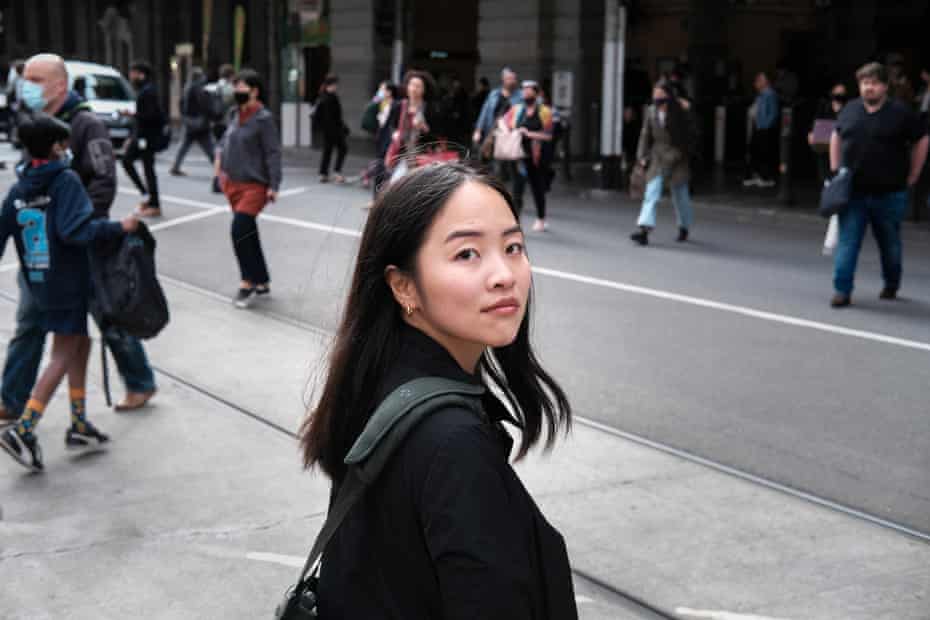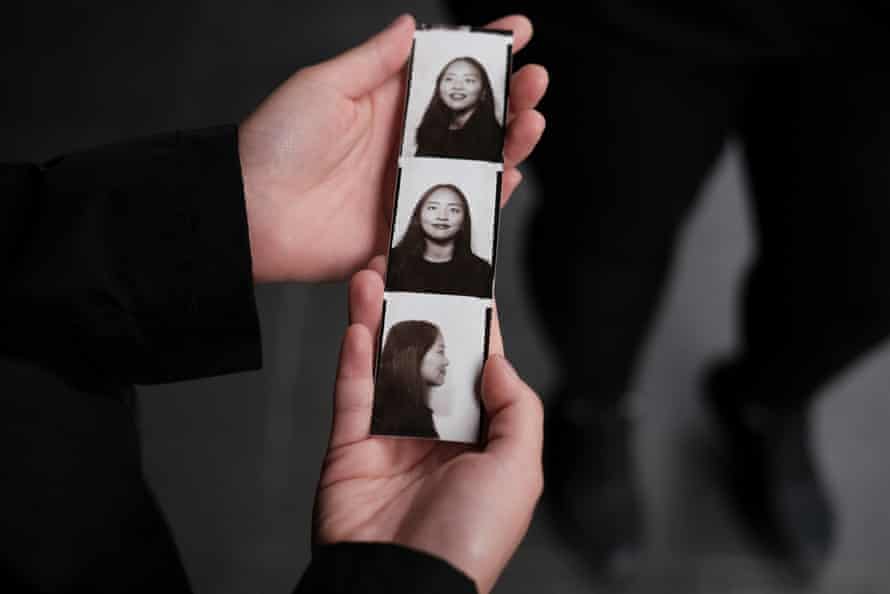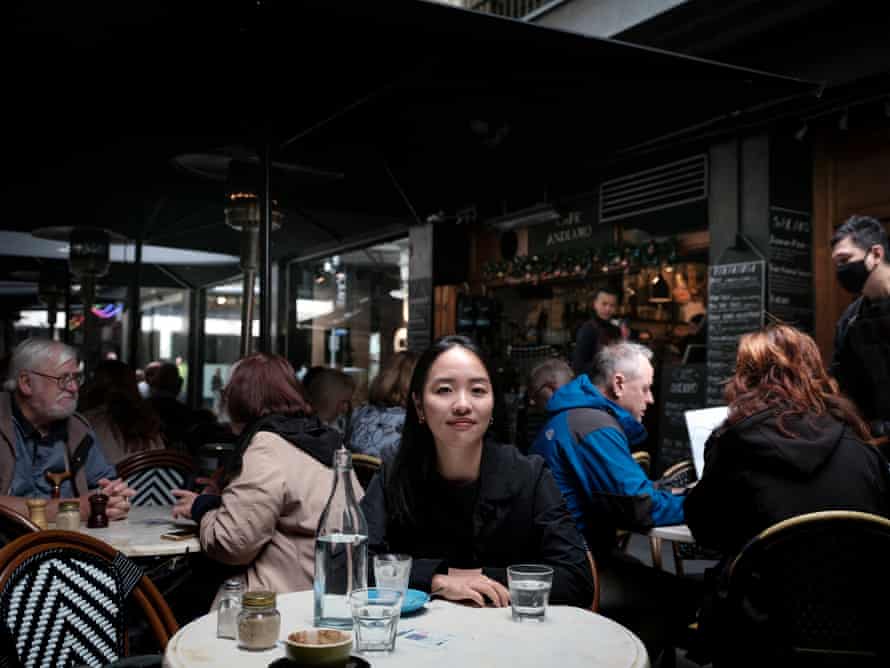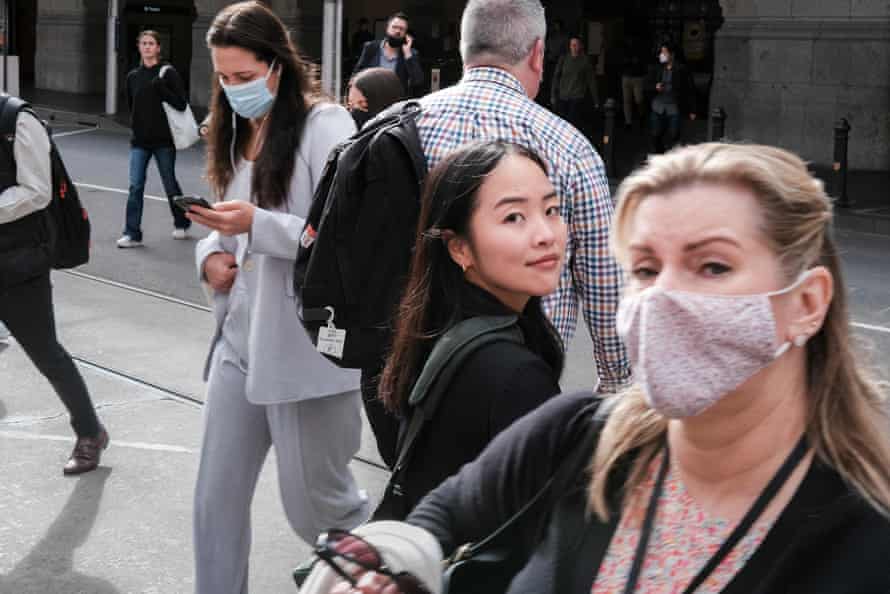‘I’d keep it on the down low’: the secret life of a super-recogniser
Police employ them and scientists study them, but what is life like for the rare few who can never forget a face? Super-recogniser Yenny Seo didn’t think it was anything special

As a child, Yenny Seo often surprised her mother by pointing out a stranger in the grocery store, remarking it was the same person they passed on the street a few weeks earlier. Likewise, when they watched a movie together, Seo would often recognise “extras” who’d appeared fleetingly in other films.
Her mother never thought this was “anything special”, Seo says, and simply assumed she had a particularly observant daughter.
Seo too was unaware that others didn’t share her love of the private game she played, where she’d spot a person on a bus or the street and then flick through the vast catalogue of faces she kept in her head, trying to place where she’d seen them before. “It’s always been quite fun for me,” she says. “Especially as a child. I remember just really enjoying looking at different faces.”

It was only as she got older and started using social media that Seo became self-conscious of her skill. “I would start a new class in uni or I would meet people through social gatherings and I would remember visually what kind of photos I’d seen them in. I’d already be so familiar with them and I’d know in my head: ‘Oh, you are that person’s sibling, or you used to date so-and-so,’” she says.
“But I also knew it’d be really creepy if I said that out loud, so I’d keep it on the down low and just say: ‘Oh, nice to meet you.’”
Once, while working at a part-time job at a clothing store when she was at uni, Seo had cause to show her skill. Staff were shown grainy, hard-to-decipher CCTV footage of a habitual shoplifter; the next time this person entered the shop, Seo instantly recognised them, and alerted the security guard. “I knew I must have some kind of skill, but I still didn’t think it was anything special, because I just had so many instances like that happen.”

Until the early 2000s, little scientific attention was paid to whether all humans possess the same ability to recognise faces. According to Dr David White, now a lead investigator at the Face Research Lab at the University of New South Wales (UNSW), “I think intuitively people believe that the way they see the world is the same as others. And I think that scientists had that intuition as well.”
White first became interested in the field while studying a rare condition called prosopagnosia – when a brain injury leaves someone unable to recognise faces. He was intrigued that while people with this condition couldn’t recognise the face of a loved one, they could still recognise other objects – evidence, he says, that our brains are organised to perform different tasks, “like an app on your smartphone”.
Along with other researchers, White started examining people without brain injury, discovering there is “tremendous variation” in facial recognition ability. At the very upper end of the performance scale, a cohort of just 1-2% of the population are “super-recognisers” – people who can memorise and recall unfamiliar faces, even after the briefest glimpse.

The underlying cause is still not entirely clear – it’s a new field, with only around 20 scientific papers studying super-recognisers. However, it is suspected genetics plays a role because identical twins show similar performance, and it has been shown that cortical thickness – the amount of neurons – in the part of the brain that supports face recognition is a predictor of superior ability.
Recently, White conducted an experiment where he used eye-tracking technology to study how super-recognisers look at faces, discovering they are “spreading their gaze more around the face, which suggests they might be painting a more elaborate picture of the face in their mind’s eye”.
Because it’s such a rare phenomenon, in 2017 White and his colleagues at UNSW designed a publicly available online screening tool to try to unearth the world’s best super-recognisers. Seo, then in her mid-20s, gave it a go – and her score was so high, White invited her to come to Sydney for more testing.
With more than 100,000 people now tested, Seo still ranks in the top 50.

Over the past decade, security and law enforcement agencies around the world have started recruiting people with superior facial recognition capabilities. London’s metropolitan police has a special team who examine CCTV footage from crime scenes – they were used in the investigation into the poisoning of a former Russian spy with the nerve agent Novichok in Salisbury – and several years ago Queensland police started identifying super-recognisers in its ranks. A proliferation of private agencies has also sprung up, offering the services of super-recognisers.

Seo has no interest in repeating her “one crime-fighting moment” from her uni days – she’s happy with her job as a technician at a pathology lab. She still enjoys looking at faces – the use of face masks during the pandemic is providing a fun challenge. Most of the time she can still recognise a person even if they’re wearing one – and the diagnosis has given her “confidence in my abilities”.
“It made me realise: oh yeah, it’s not crazy – I must have been right the whole time. It’s not that I’m creepy, but my brain is just wired that way.”
No comments:
Post a Comment